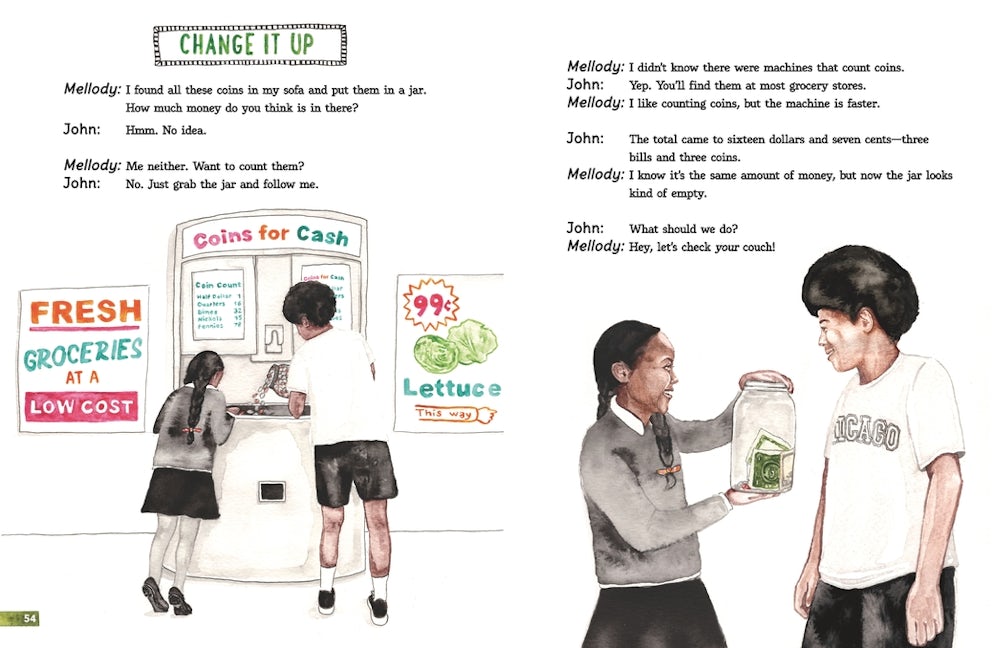Money is not merely a medium of exchange; it is a complex construct that permeates our lives and affects our decisions in myriad ways. Herein lies a plunge into some priceless facts about money that are not only weird and wild but also unexpectedly enlightening. From historical curiosities to modern anomalies, this exploration unveils the fascinating nuances that surround monetary systems across the globe.
1. The Earliest Forms of Money
Before the advent of coins and bills, ancient civilizations utilized items of intrinsic value as currency. In Mesopotamia, barley served as a staple currency, illustrating an early form of barter that emphasized the importance of agricultural produce. Similarly, in various cultures, cattle, shells, and even tea bricks were employed as mediums of exchange. Such practices underscore humanity’s ingenuity in establishing trade and fostering economic stability.
2. The Peculiar Case of Cowry Shells
Cowry shells once served as a prominent form of currency in parts of Africa, Asia, and the Pacific Islands. These small, naturally-formed shells were not only aesthetically pleasing but also resilient to wear and tear. Their widespread use persisted for centuries, ultimately becoming a symbol of wealth in some cultures. Today, the lesser-known use of cowries highlights the diverse material wealth that societies have valued throughout history.
3. The Phenomenon of Inflation in Ancient Rome
Inflation is often considered a modern economic issue, but ancient Rome grappled with its own monetary turmoil. During the 3rd century AD, successive emperors began debasing the currency by reducing the silver content in coins. This ultimately led to rampant inflation, prompting hardship for the populace. Historical evidence points to the socio-economic consequences of monetary mismanagement, illustrating that the effects of inflation can transcend time periods.
4. The Unique Currency of the Isle of Yap
On the remote Isle of Yap in Micronesia, large stone disks known as “Rai stones” functioned as a form of currency. The stones varied greatly in size, some measuring up to 12 feet in diameter and weighing several tons. The peculiar nature of this ‘currency’ lies in its immobility; transactions did not require the physical transfer of stones, which were often left in place, with ownership changing hands through communal acknowledgment. This raises interesting questions about the nature of value and trust in financial transactions.
5. The Birth of Paper Money
The concept of paper money can be traced back to 7th century China during the Tang Dynasty. Initially, it served as a convenient alternative to cumbersome coins. However, it wasn’t until the Song Dynasty that government-backed banknotes became widely used. This marked a paradigm shift in banking and trade, as communities began relying on the abstraction of value that paper represented. The advent of paper money revolutionized financial practices and enhanced commerce on a global scale.
6. Bitcoin and the Era of Digital Currency
Introduced in 2009, Bitcoin stands as a testament to the transformative potential of technology in the financial realm. As a decentralized digital currency, it operates on blockchain technology, volitioning a new paradigm for currency devoid of central authority intervention. Cryptocurrencies such as Bitcoin have spurred intense debate about the future of money, prompting discussions about privacy, security, and the viability of traditional banking models.
7. Monetary Traditions Across Cultures
Different cultures often exhibit unique traditions regarding money. In Japan, for instance, it is customary to present money in an ornate envelope during gift-giving occasions, symbolizing respect and thoughtfulness. Conversely, in some African cultures, cash transactions may involve rituals that emphasize community and social bonds. Such practices illuminate the sociocultural dimensions of money, where it transcends mere economic utility to embody cultural values and relationships.
8. The Billionaire’s Club: A Surprising Demographic
Statistics suggest that the global billionaire population has grown exponentially in recent years, with an unprecedented number of individuals amassing wealth at staggering rates. Interestingly, the majority of today’s billionaires are self-made rather than inherited their fortunes. This trend challenges preconceived notions about wealth distribution and prompts discussions about economic mobility and the evolving landscape of entrepreneurship.
9. Money and Mental Health
Financial stress is closely linked to mental health issues, with studies indicating that individuals burdened by debt often experience higher levels of anxiety and depression. The societal implications of financial strain can be profound, affecting personal relationships and overall life satisfaction. In contrast, financial literacy and effective budgeting practices can alleviate some of this stress, reinforcing the importance of education in fostering healthy financial habits.
10. The Concept of ‘Negative Interest Rates’
Coined during times of economic uncertainty, negative interest rates are a phenomenon whereby depositors incur charges for holding money in banks. This atypical approach encourages spending and investment instead of saving, aiming to stimulate sluggish economies. While it may sound counterintuitive, it reflects bold monetary policies that challenge standard economic practices and raise questions about the sustainability of such strategies long-term.
11. The Future of Money: Trends to Watch
The landscape of currency continues to evolve, with trends such as mobile payments and contactless transactions garnering increasing popularity. As technological advancements permeate everyday financial activities, society may witness shifts in currency value perception, altering the fabric of economic interaction. The future of money could indeed embrace a mélange of digital, physical, and virtual currencies, redefining our understanding of wealth and exchange.
In conclusion, the realm of money is indeed filled with bizarre, intriguing, and enlightening facets. By exploring these unexpected facts, one can appreciate the myriad ways in which money intertwines with history, culture, and human behavior, cultivating a deeper understanding of its role in society.










